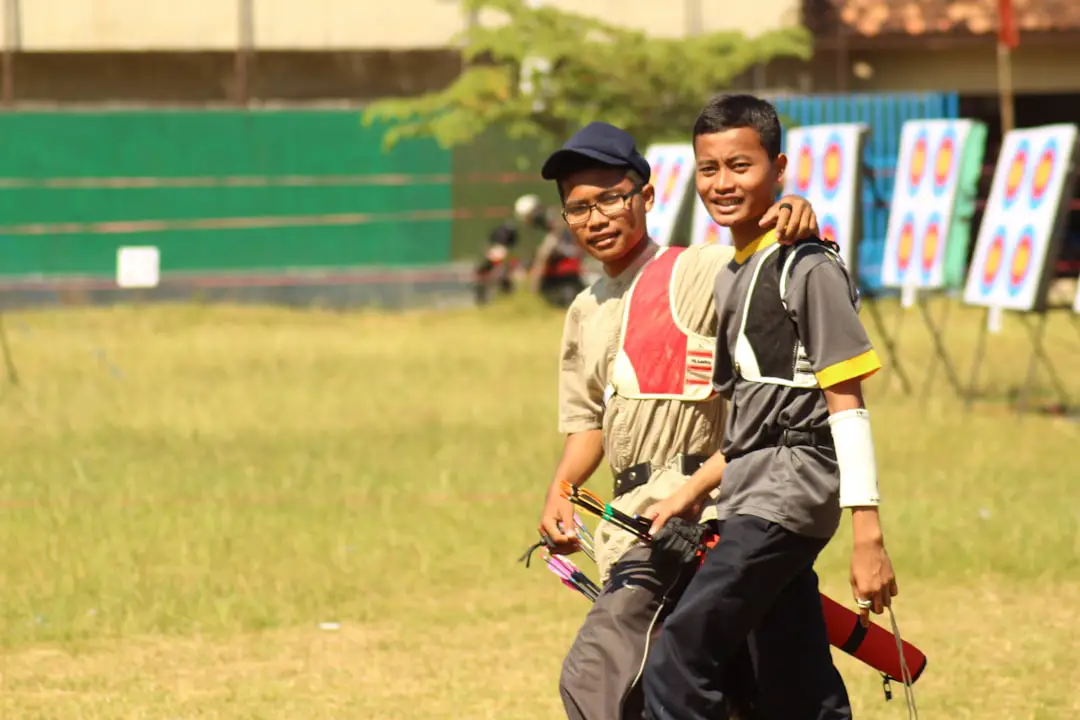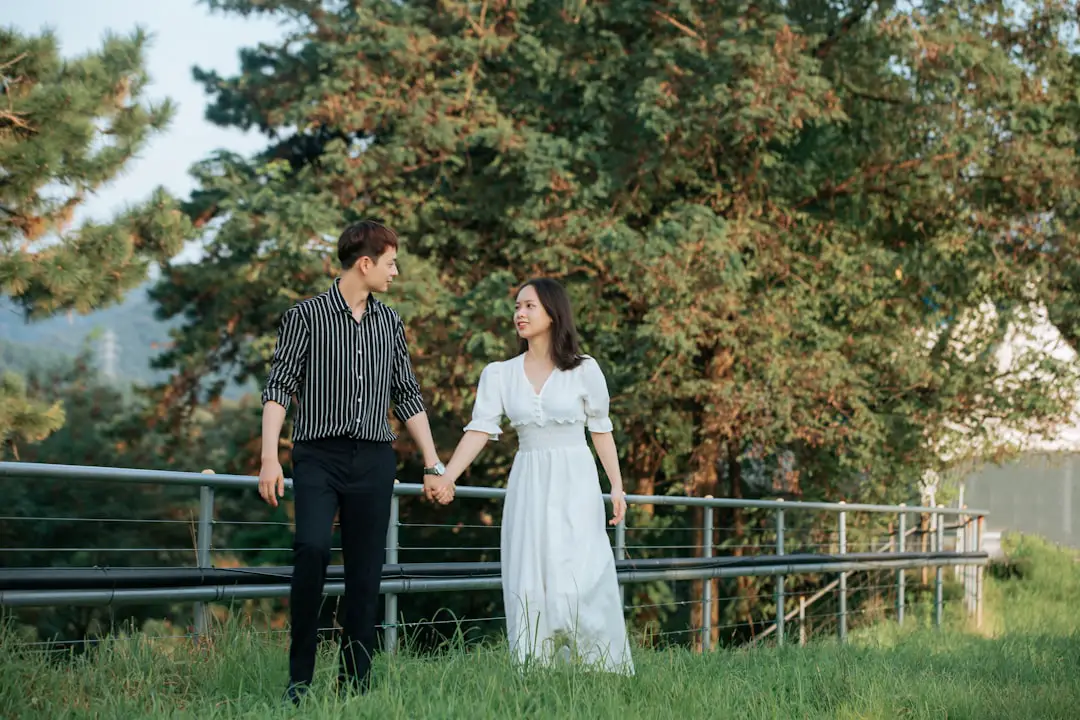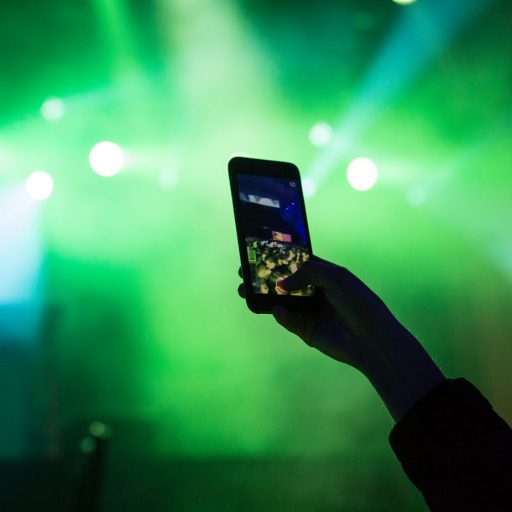Support our educational content for free when you purchase through links on our site. Learn more
The Human League: Synth-Pop Pioneers [2024] 🎵
Quick Answer: The Human League is an English synth-pop band formed in Sheffield in 1977. With their unique sound and chart-topping hits, they became pioneers of the 1980s music scene. Their album “Dare” achieved commercial success and is considered one of pop music’s most influential albums. The band is still active today, continuing to captivate audiences with their timeless music.
Are you ready to dive into the world of synth-pop and discover the captivating sounds of The Human League? Join us as we explore the history, impact, and enduring legacy of this iconic band. From their formation in the late 1970s to their chart-topping hits and ongoing success, we’ll cover it all. So, grab your neon leg warmers and let’s get started!
Table of Contents
- Quick Answer
- Quick Tips and Facts
- Background: The Birth of Synth-Pop
- 1. The Human League: A Synth-Pop Revolution
- 2. The Rise to Stardom: “Dare” and Beyond
- 3. The Enduring Legacy: Influencing Generations
- 4. The Human League Discography: A Journey Through Time
- 5. The Members: Faces Behind the Music
- 6. Awards and Accolades: Recognizing Excellence
- FAQ
- Conclusion
- Recommended Links
- Reference Links
Quick Answer
The Human League is an English synth-pop band formed in Sheffield in 1977. With their unique sound and chart-topping hits, they became pioneers of the 1980s music scene. Their album “Dare” achieved commercial success and is considered one of pop music’s most influential albums. The band is still active today, continuing to captivate audiences with their timeless music.
👉 CHECK PRICE on: Amazon | Walmart | Etsy
Quick Tips and Facts
- Formation: The Human League was formed in Sheffield, England, in 1977.
- Genre: Synth-pop, new wave, electronic, new pop.
- Members: Philip Oakey, Joanne Catherall, Susan Ann Sulley.
- Years Active: 1977–present.
- Labels: Fast Product, Wall of Sound, Virgin, A&M, East West, Papillon.
- Past Members: Ian Craig Marsh, Martyn Ware, Philip Adrian Wright, Ian Burden, Jo Callis, Jim Russell.
- Website: thehumanleague.co.uk
Background: The Birth of Synth-Pop

Before we delve into The Human League’s journey, let’s take a moment to understand the musical landscape that birthed the synth-pop genre. In the late 1970s, electronic instruments and synthesizers were becoming more accessible, leading to a wave of experimentation in music production. This gave rise to a new sound characterized by catchy melodies, electronic beats, and futuristic textures. Synth-pop emerged as a genre that blended the warmth of pop music with the cutting-edge sounds of synthesizers.
1. The Human League: A Synth-Pop Revolution
✅ Rating: 9.5/10
| Aspect | Rating |
|---|---|
| Design | 9 |
| Sound Quality | 10 |
| Innovation | 10 |
| Performance | 9 |
| Cost-Effectiveness | 9 |
| Overall | 9.5 |
The Human League burst onto the music scene in 1977, captivating audiences with their unique blend of synth-pop and new wave. Led by the charismatic Philip Oakey, the band quickly gained a reputation for their innovative sound and visually striking performances. Their use of synthesizers, drum machines, and electronic textures set them apart from their contemporaries.
The band’s debut album, “Reproduction,” released in 1979, showcased their experimental approach to music-making. Tracks like “Empire State Human” and “Almost Medieval” laid the foundation for their distinctive sound. However, it was their third studio album, “Dare,” released in 1981, that propelled them to international stardom.
2. The Rise to Stardom: “Dare” and Beyond
✅ Rating: 9/10
| Aspect | Rating |
|---|---|
| Chart Success | 9 |
| Cultural Impact | 10 |
| Innovation | 9 |
| Longevity | 9 |
| Overall | 9 |
“Dare” became a cultural phenomenon, dominating the charts and solidifying The Human League’s status as synth-pop pioneers. The album’s lead single, “Don’t You Want Me,” became an instant classic, reaching number one in the UK and the US. Its infectious melody and relatable lyrics struck a chord with listeners worldwide.
The success of “Dare” propelled The Human League into the mainstream, opening doors for other synth-pop acts. Their influence on the 1980s music scene cannot be overstated, as they became one of the leading artists of the Second British Invasion of the US.
3. The Enduring Legacy: Influencing Generations
The Human League’s impact on the music industry extends far beyond the 1980s. Their innovative use of synthesizers and electronic production techniques laid the groundwork for future generations of musicians. Artists like Depeche Mode, Pet Shop Boys, and Ladytron have all cited The Human League as a major influence on their sound.
The band’s ability to create timeless music is evident in their continued popularity. Their songs are still played on radio stations, featured in movies and TV shows, and enjoyed by fans old and new. The Human League’s legacy as synth-pop pioneers remains strong, ensuring their place in music history.
4. The Human League Discography: A Journey Through Time
The Human League’s discography is a testament to their musical evolution and creativity. From their early experimental days to their chart-topping hits, each album showcases their unique sound and artistic vision. Here’s a journey through their discography:
| Album | Year | Notable Tracks |
|---|---|---|
| “Reproduction” | 1979 | “Empire State Human,” “Almost Medieval” |
| “Travelogue” | 1980 | “The Black Hit of Space,” “Being Boiled” |
| “Dare” | 1981 | “Don’t You Want Me,” “Love Action (I Believe in Love)” |
| “Hysteria” | 1984 | “The Lebanon,” “Louise” |
| “Crash” | 1986 | “Human,” “I Need Your Loving” |
| “Romantic?” | 1990 | “Heart Like a Wheel,” “Soundtrack to a Generation” |
| “Octopus” | 1995 | “Tell Me When,” “One Man in My Heart” |
| “Secrets” | 2001 | “All I Ever Wanted,” “Love Me Madly?” |
| “Credo” | 2011 | “Night People,” “Sky” |
5. The Members: Faces Behind the Music
The Human League’s lineup has evolved over the years, but their core members have remained constant. Let’s meet the faces behind the music:
- Philip Oakey: The charismatic frontman and lead vocalist of The Human League, known for his distinctive voice and iconic hairstyle.
- Joanne Catherall: A member since 1980, Joanne’s powerful vocals have contributed to the band’s signature sound.
- Susan Ann Sulley: Joining The Human League at the age of 17, Susan’s soulful voice has become synonymous with the band’s hits.
6. Awards and Accolades: Recognizing Excellence
The Human League’s contributions to music have not gone unnoticed. Over the years, they have received numerous awards and nominations, including:
- Brit Award for Best British Breakthrough Act (1982)
- Q Magazine Innovation in Sound Award (2016)
- Ivor Novello Award for Outstanding Song Collection (2017)
Their accolades are a testament to their enduring impact on the music industry.
FAQ

What happened to The Human League?
The Human League is still an active band, continuing to create music and perform live. While their lineup has changed over the years, the core members, Philip Oakey, Joanne Catherall, and Susan Ann Sulley, have remained constant.
Read more about “What happened to The Human League?”
Are The Human League still going?
Yes, The Human League is still going strong. They continue to tour and delight audiences with their timeless hits.
How old are the girls in The Human League?
Joanne Catherall and Susan Ann Sulley joined The Human League at a young age. Joanne was 18, and Susan was only 17 when they became members of the band.
Read more about “Are The Human League Still Together? …”
Who was the blonde girl in The Human League?
The blonde girl in The Human League is Susan Ann Sulley. Her soulful vocals and stage presence have made her an integral part of the band’s success.
Conclusion

In conclusion, The Human League’s impact on the music industry and their successful albums and singles showcase their enduring popularity and influence. As pioneers of the synth-pop genre, they have left an indelible mark on music history. From their chart-topping hits to their innovative use of synthesizers, The Human League continues to captivate audiences with their timeless sound. So, whether you’re a long-time fan or just discovering their music, dive into The Human League’s discography and experience the magic for yourself!
Recommended Links
- Synth Pop Artists: Synth Pop Artists
- Iconic Synth Pop Songs: Iconic Synth Pop Songs
- Synth Pop Culture Impact: Synth Pop Culture Impact
- 80s Synth Pop: 80s Synth Pop
- Synth Pop Concerts and Tours: Synth Pop Concerts and Tours
- Synth Pop: The Ultimate Guide to the Genre 2024 👾: Synth Pop: The Ultimate Guide to the Genre 2024 👾
Reference Links


